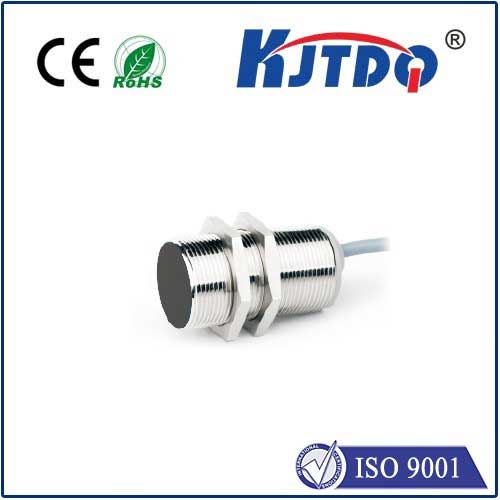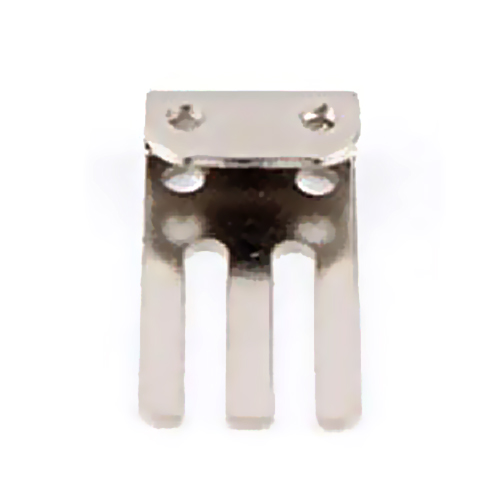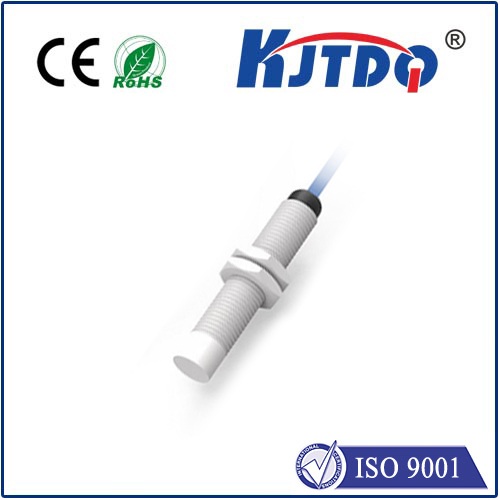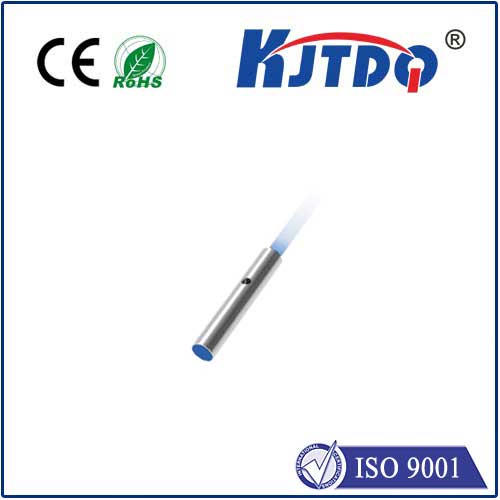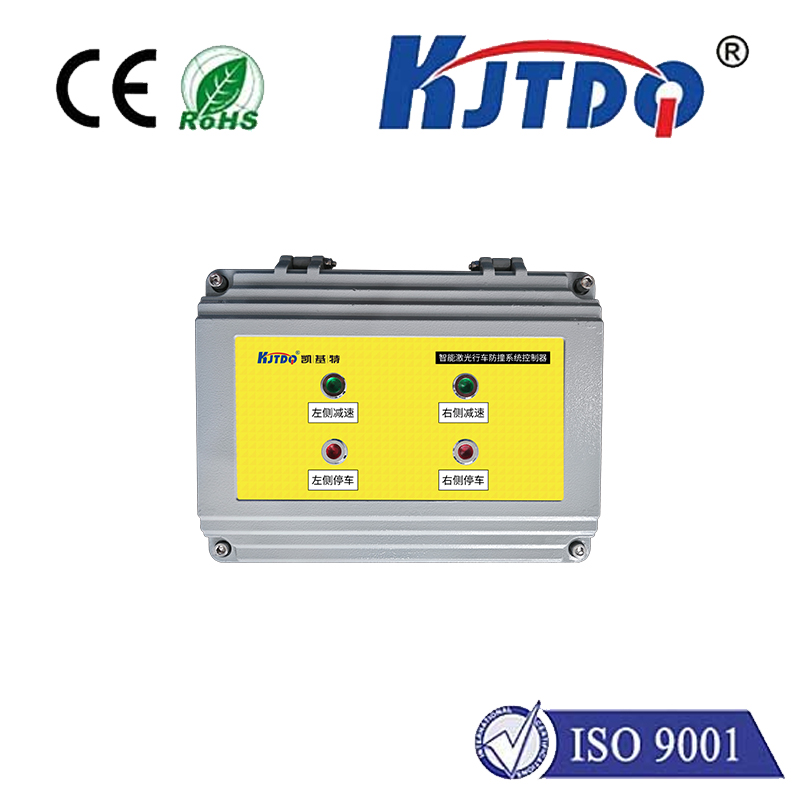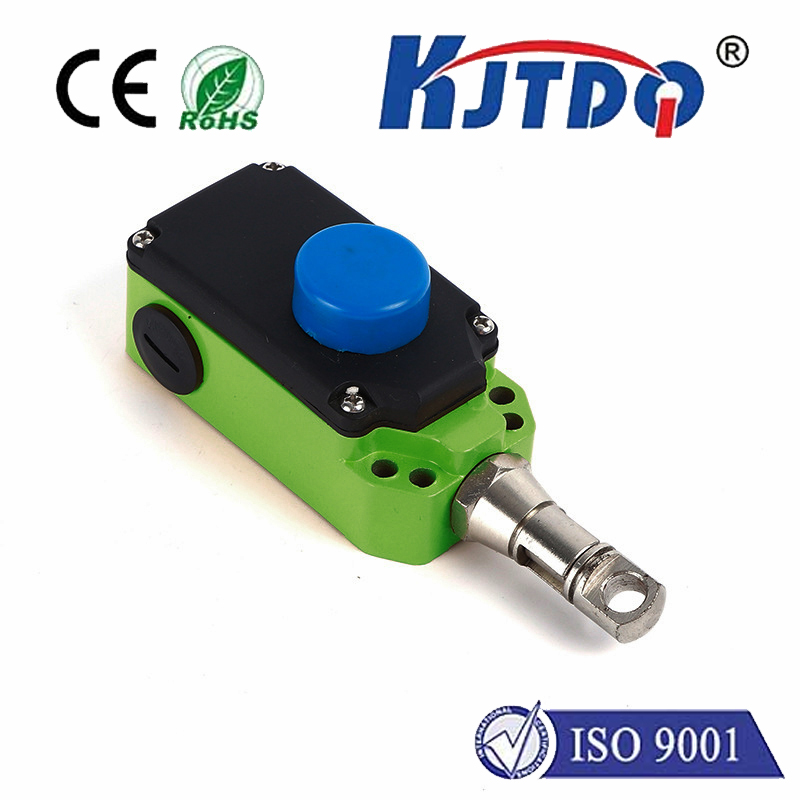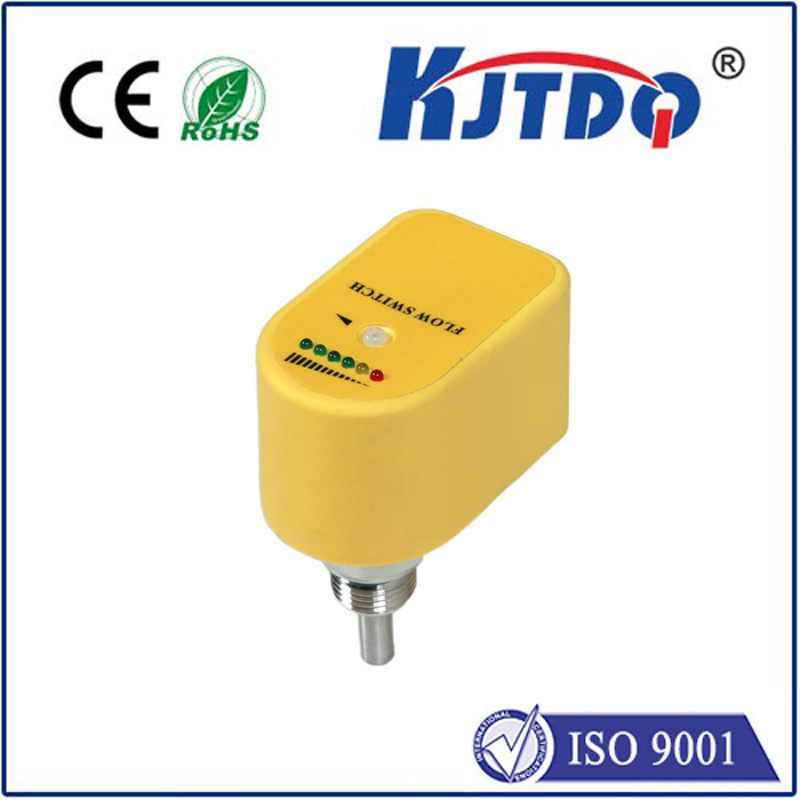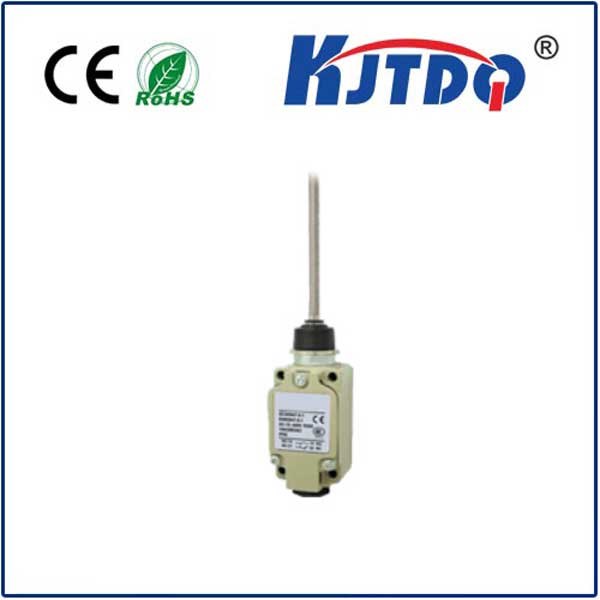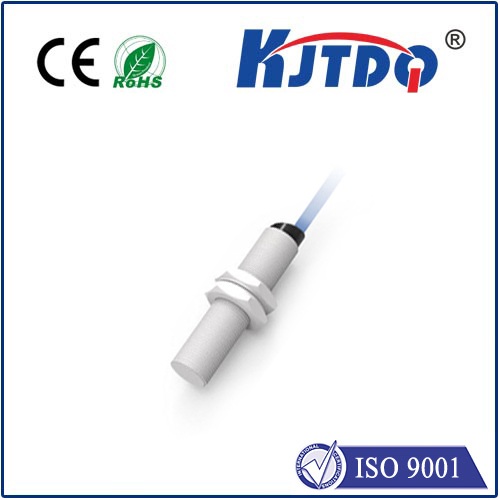

check

check

check

check

check

check

check

check

check

check
Laser Distance Sensor: Revolutionizing Measurement and Detection
Introduction
The laser distance sensor has revolutionized the way we measure and detect objects in various industries. This cutting-edge technology uses a laser beam to calculate the distance between the sensor and an object, providing accurate and reliable measurements that were once impossible to obtain. In this article, we will explore the features, applications, and benefits of the laser distance sensor.
Features of Laser Distance Sensors

Laser distance sensors are designed to be compact and easy to use, making them ideal for a wide range of applications. They typically feature high-resolution displays, allowing users to view measurements in real-time. Additionally, many models come with built-in data logging capabilities, enabling users to store and analyze measurement data at a later time. Other key features of laser distance sensors include their ability to operate in harsh environments, their long-lasting battery life, and their compatibility with various communication protocols.
Applications of Laser Distance Sensors
Laser distance sensors are used in a variety of industries, including construction, manufacturing, automotive, and robotics. In construction, they are used to quickly and accurately measure distances between objects, such as walls or ceilings. In manufacturing, they are used to ensure precise measurements during quality control processes. In automotive, they are used to detect obstacles on the road and help prevent accidents. And in robotics, they are used to navigate through complex environments and avoid collisions with other objects.
Benefits of Laser Distance Sensors
The benefits of using laser distance sensors are numerous. For starters, they provide highly accurate measurements that are essential for many applications. They also offer greater speed and efficiency than traditional measuring methods, which can save time and money in the long run. Furthermore, laser distance sensors are non-contact devices, which means they do not require physical contact with the object being measured. This reduces the risk of damage to both the sensor and the object being measured. Finally, laser distance sensors are highly versatile and can be easily integrated into existing systems and workflows.
Conclusion
In conclusion, laser distance sensors have revolutionized the way we measure and detect objects in various industries. Their accuracy, speed, efficiency, and versatility make them an essential tool for anyone who needs to perform precise measurements quickly and easily. As technology continues to advance, it is likely that we will see even more innovative uses for these powerful devices in the future.
